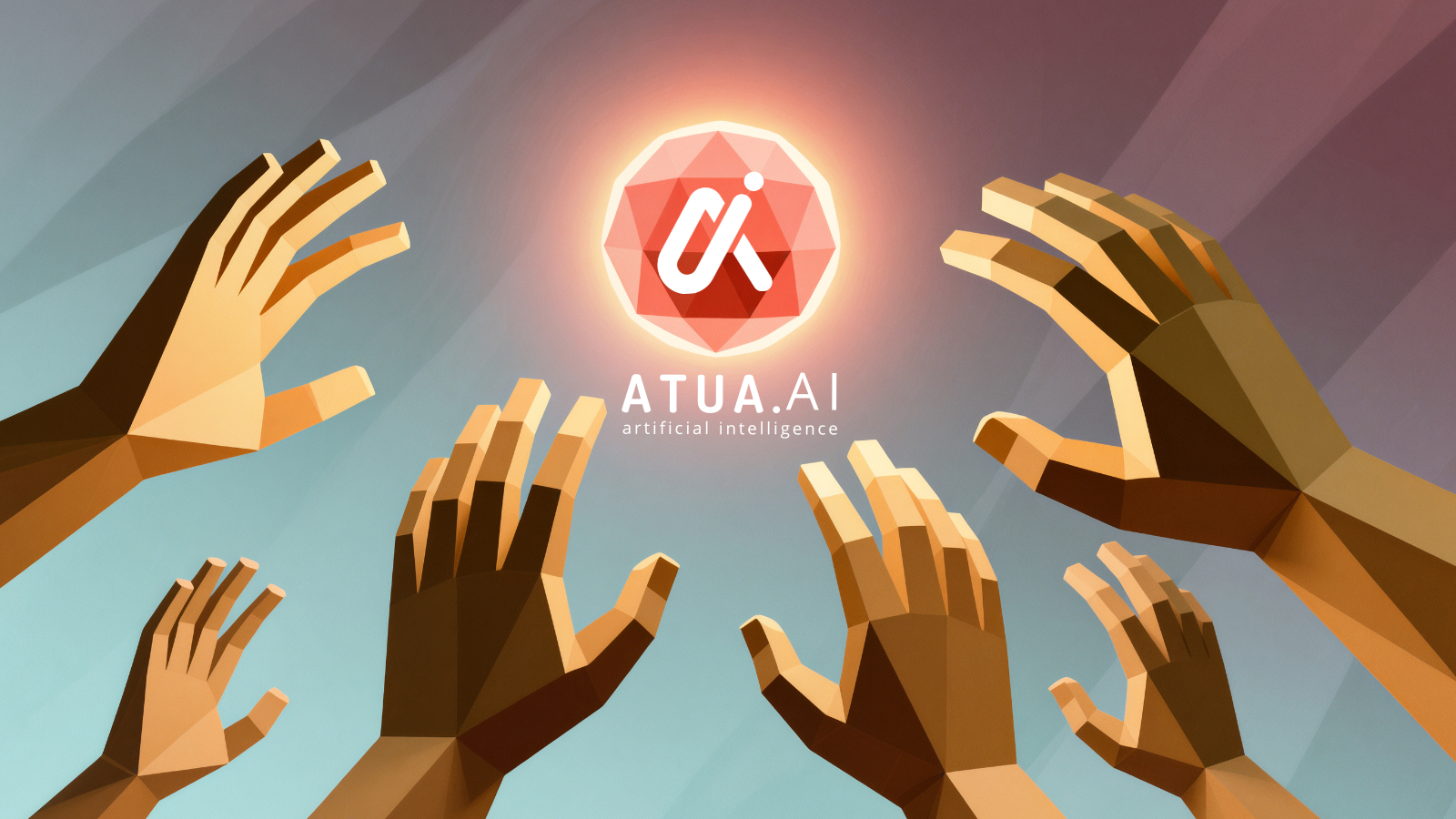
Singapore, Singapore Oct 15, 2025 (Issuewire.com) - Atua AI (TUA), the decentralized AI productivity and automation platform, has announced an upgrade to its real-time control systems to improve protocol synchronization across multichain environments. This update enhances communication between AI modules and blockchain protocols, resulting in faster processing, smoother coordination, and improved stability for enterprise-grade Web3 operations.
The enhanced real-time control systems function as intelligent synchronization layers that monitor and regulate on-chain execution flows in real time. By analyzing network activity and optimizing communication between nodes, Atua AI ensures consistent performance for AI-driven tools such as Chat, Writer, and Coder across networks including Ethereum, BNB Chain, and XRP Ledger. The improvements significantly reduce transaction delays, enhance reliability, and enable developers to operate at higher efficiency.
For enterprises and developers, this means more predictable system behavior and faster adaptation to dynamic blockchain conditions. The upgrade improves interoperability and scalability across decentralized environments, furthering Atua AIs mission to deliver robust AI-powered automation infrastructure for Web3 ecosystems.
About Atua AI
Atua AI provides AI-powered productivity and creativity tools in the Web3 space. Its features include Chat, Writer, Coder, Imagine, Transcriber, Voiceover, Voice Isolator, and Classifier.
Media Contact
KaJ Labs
More On Interpretnews ::
- Patrizia Pluchino, Recognized by BestAgents.us as a 2025 Top Agent
- Comprehensive Forensic Services Led by Renowned Pathologist Lieutenant Colonel (ret.) Paul Uribe, MD
- Rewrite Your Story: A Science Blueprint for Unstoppable Abundance and Health
- Rachael Culpepper, Recognized by BestAgents.us as a 2025 Top Agent
- Dr. Diane M. Steere: Leading the Way in Compassionate, Comprehensive Family Medicine in Wichita
8888701291
4730 University Way NE 104- #175
Source :KaJ Labs
This article was originally published by IssueWire. Read the original article here.